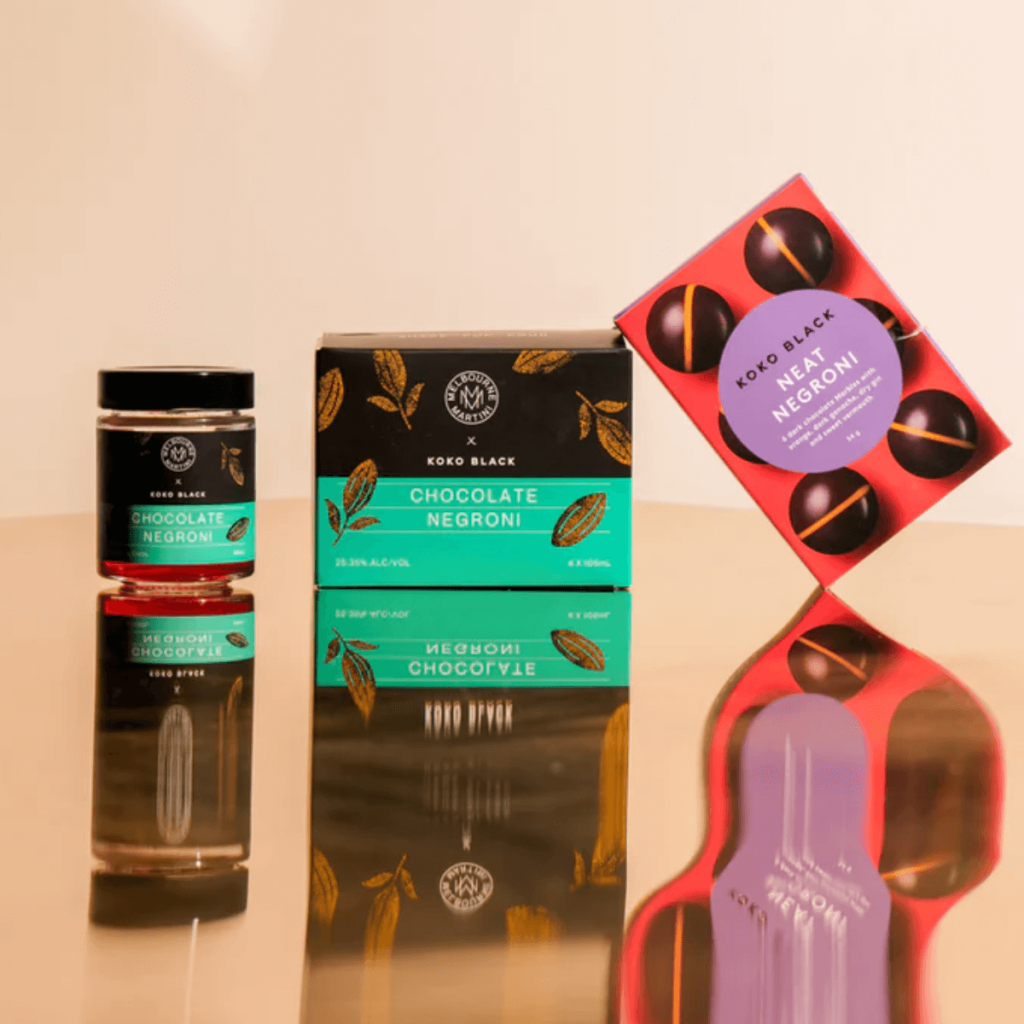Simply (light) Red
Published 15 Apr, 2015The winter months are all about rainy days, roast dinners, and cozying up by the fire with a nice glass of red wine. However, if you’re not quite ready to let go of summer, and light summer wines, then a light red wine is the perfect way to adjust to the changing seasons.
Light-bodied wines are produced using thin-skinned grapes, which result in a translucent colour, delicate aroma and mouth feel, and have slightly lower alcohol content. Generally light red wines have aromas of red berries and flowers, as well as more rugged notes of smoke or spices. This range of sweet and savoury flavours make this variety easily enjoyed with lighter dishes such as fish or vegetables, but also stand up to more robust flavours of game.
For an introduction to light red wines, we suggest sampling the following varieties:
Pinot Noir
Pinot Noir is a red wine grape variety originating from Burgundy, France, where it was first cultivated by Monks in the 1st century. Today, it is one of the most highly prized wines in the world, setting the benchmark for light red wines and fetching high prices at auctions and bottle shops alike.
Pinot Noir is high in acidity, low in alcohol and generally lower in tannin, although some methods of fermenting use the whole bunch of grapes, including the stems, which can add more tannin. The flavour profile can vary greatly depending on the vintage and region from where it’s grown. For example, in Burgundy, Pinot Noir is usually herbaceous and light, whereas Australian varieties tend to have sweeter fruit notes of blueberry and even blackberry.
Chianti
The most iconic wine of Italy, Chianti (pronounced key-ON-tee) is a red blend variety from the region Chianti, situated in central Tuscany, and made blending a large amount of Sangiovese red grapes with small amounts of white and/or red grapes that are sourced locally.
For years, Chianti was known as the basket-bottle wine served on a red and white checked tablecloth at restaurants that came to symbolise Italy as a cheap producer of wine. But today, Chianti is served in a glass wine bottle and ranks highly among some of the best wines in the world.
Strong and bold with common flavours of cherry, plum, strawberry, spice, almonds, tobacco, vanilla, and coffee, the high acidity in the wine makes it a great match for everyday Italian food, including pasta and pizza. When purchasing Chianti, look for a vintage that is as young as possible, usually two or three years old.
Tempranillo
Heralding from the Rioja region in Spain, today Tempranillo has taken the world by storm and is now produced in a number of regions across Australia, New Zealand, South Africa and USA. The name Tempranillo comes from the Spanish word for ‘early’, which references the fact that the grapes ripen several weeks earlier than most Spanish red grapes.
If you have never tried Tempranillo, the flavour is most similar to a Cabernet Sauvignon with red fruit characteristics such as cherry and plum, and richer leathery notes. It has the flavour of a full-bodied wine but with a fresh mouth feel. The first taste has the flavours of cherry and leather, while the finish is mild, smooth and lingers with tannin.
Tempranillo is a great food wine that can be paired with a variety of dishes, but is perfectly paired with traditional Spanish food like cured meats and roasted vegetables.
Australian Light Red Wines
Paringa Estate Pinot Noir, Yabby Lake Vineyard Pinot Noir, Bass Phillips Pinot Noir, West Cape Howe Tempranillo











